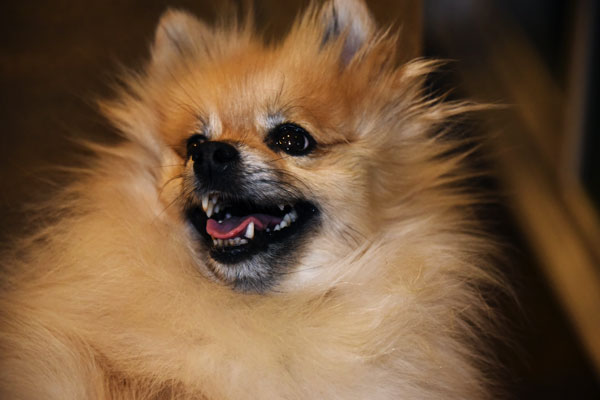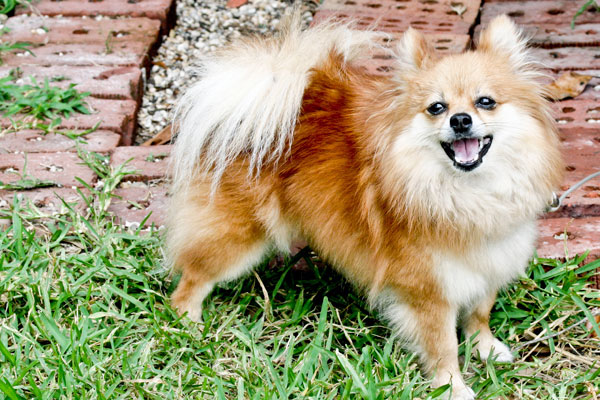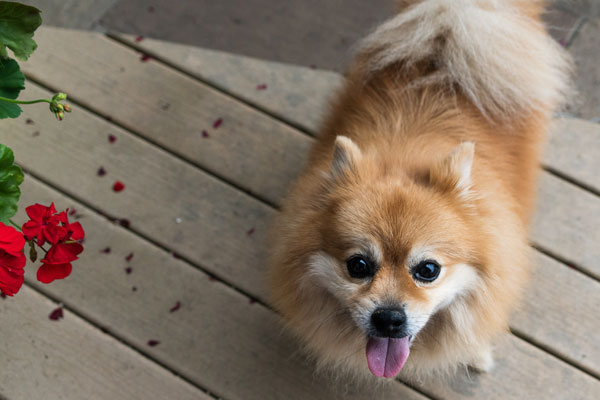What’s more exciting than welcoming a new puppy as the newest addition to your family? Welcoming a Pomeranian puppy, of course!
Pomeranian puppies, like most (if not all) things that are small and fluffy, are one of the greatest creatures to have ever graced the earth with its presence. They’re tiny little dogs with big personalities, they’re adorable and they will love you unconditionally. I could go on detailing why getting a new Pomeranian puppy is probably one of the best experiences you will ever go through in life. As a matter of fact, I could probably dedicate an entire blog discussing the beauty of becoming a dog parent. However, that wouldn’t be very useful to you since you ended up right here on this article. Therefore, here’s a guide devoted to Pomeranian puppies.
Like other breeds, Pomeranians come with a ton of pros and cons.
Generally, these pint-sized balls of fluff are absolute sweethearts with a warm, playful temperament. And while individual pups do vary because of personality differences, Pomeranians, as a whole, are fantastic dogs. Additionally, they’re suitable for homes of any size; Pomeranians are small enough to live comfortably in an apartment or condo, but would also thoroughly enjoy a larger, more spacious home.
On the flip side, there are some disadvantages to owning a Pomeranian. For example, their coats, when well-maintained, are absolutely stunning. However, as their owner, you have to be diligent in maintenance. This means brushing their coat and properly dealing with the shedding that is inevitable. You could also find an issue in the dog’s size. Smaller breeds like Pomeranians are known for being fragile. Before picking out your puppy, you should also be aware of how delicate these dogs are and learn about keeping them safe.
Now let’s suppose that you have gone through the process of picking the perfect dog for your home. Let’s say that you have decided a Pomeranian puppy and is the best thing in the world. Before you bring your puppy home, there are more crucial factors that need to be considered.
Two tips that are very important for you to remember when bringing your pom home would be (1) to maintain a calming environment and (2) to allow your dog ample time to get used to their new environment.
Taking Your Little Friend To The Veterinarian

Puppies typically go home to their new families between 6-8 weeks old, and this is usually a great time for you to pay the vet a visit. Remember that the longer you sit on taking your dog to the vet, the more at risk your puppy is to diseases.
It may also be very beneficial for you to invest in your dog’s health care by considering pet health insurance. You can compare dog insurance quotes easily at PetInsurer.com. It might seem like overkill at the moment, but it’s always a relief to have coverage in the event that something happens. And, considering the fact that Pomeranian puppies are notorious for being mischievous and getting in trouble if you aren’t watching them, having insurance might come in handy.
Puppy-Proofing Your House

If you’ve owned dogs before, then you don’t need to be told they can get into all kinds of things. If you have anything of value, whether it be a book, your favorite shirt, or your laptop charger, make sure you keep it out of your dog’s reach. If you leave anything laying around and your dog is unsupervised, they will find it and they will go to town on it, ripping it to shreds. Save yourself the frustration of having your puppy destroying your belongings by properly storing it.
Do your research and pay attention to plants that are toxic to your dog. Keep medications, electrical wires, and cleaning supplies out of reach of your puppy. Don’t underestimate the size of your pom either, because that’s how they manage to get into potentially dangerous messes.
Establish a space in your house to serve as your dog’s “home base.” By creating a safe space for your pom and filling it with comforting items such as their bed and toys, they’ll spend the majority of their time there when you aren’t around. Don’t forget to invest in gates to fence your pup in as well.
Potty Training Your Pom

Due to their small stature, house training your pom can prove to be most challenging as they need to relieve themselves more frequently than larger breeds. Establish a routine and take them out every one to two hours to the designated spot. Always take your pom out every morning, evening, and after each meal, rewarding them for each successful trip to the bathroom. Pay attention to the signs that your dog needs to go, and don’t get angry with them if they don’t get it right; your pom will eventually learn if you keep them on a schedule.
Teaching basic obedience

Teaching your puppy basic commands like “sit,” “stay,” and “come” is very useful, as you will be using these commands for the dog’s entire life. However, training your dog takes some time. Use rewards like small treats to give to your dog every time they get a command correct so that way, in a classic Pavlovian manner, your dog will come to associate your command with the treat and will act accordingly when you tell them to sit.
Always remember that dogs are a lifetime investment, so make sure you take the time to ensure that they live the best lives they possibly can.




